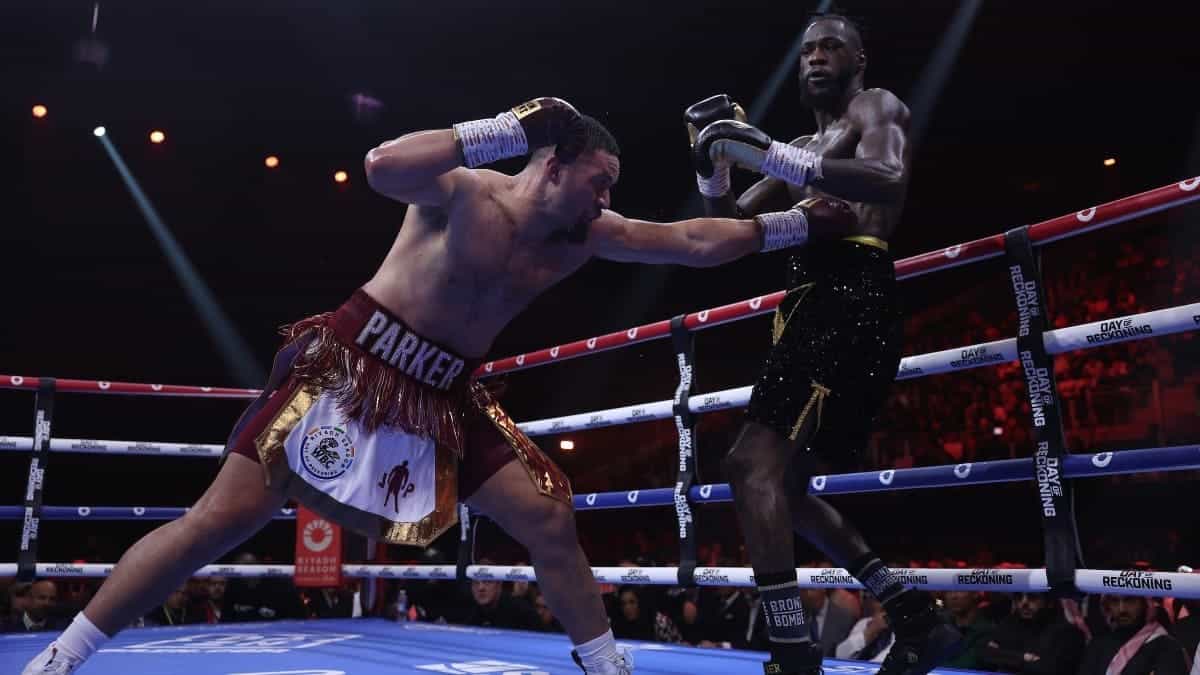ROUND 12: THE WBC Q&Q JUDGING SYSTEM
By Mauricio Sulaiman / Son of José Sulaimán / President of the WBC
The World Boxing Council is constantly working to improve boxing conditions in all areas of this great sport, mainly in medical and health issues for fighters, but the WBC has also been responsible for implementing many changes and innovations in technical and regulatory matters.
Reducing world championship fights from 15 to 12 rounds, and affiliated title fights from 12 to 10 rounds; incorporating the fourth rope in the rings addressing the serious injuries that fighters suffered by hitting hard the bottom rope in the three-ropes rings; the abolition of the usage of six-ounce gloves, glove certification protocols, the implementation of the use of electrolytes during combat, and many other struggles and quests that, over the years, have been achieved under the leadership of our organization, with the participation of many, many members of the world boxing community.
Without a doubt, the performance of ring officials will always be a complicated matter, generating controversy and scandals. In boxing there are two types of ring officials:
The referee, who is inside the ring and has the job to control the actions so that they are carried out according to the rules, taking care of the physical integrity of the fighters.
The judges, three judges placed on different sides of the ring, and whose task is to assess the actions and present a score at the end of each round; they have justice in their hands.
The figure of the judge has undergone changes throughout history; initially there were none, as the fighter who remained standing, until the opponent could not continue, would get the victory; afterwards, it was the referee who raised the hand of whoever he considered had won. Eventually two judges joined by the referee in this task and today’s three judge panel is mostly universally accepted.
There have been different scoring systems: one point awarded round by round, regardless of whether there were knock downs or not, with each round only worth one point; the one with 20 units and other systems. After a long history of meetings to achieve a universal and uniform system, the 10-point system was instituted, where the winner of the round receives 10 points and the loser gets nine, eight, seven or the minimum which is six points.
This system has been in operation for about 45 years. In theory, it should work successfully when the three appointed judges have sufficient training to generate a uniform criterion and they “see” the same during the development of the actions.
The general criterion to score what happened and determine the winner of the round, is basically evaluating the quantity and power of the punches scored, the effective aggression and ring generalship (control of the actions).
Boxing is an honorable and clean sport. The judges are mostly good, decent people totally in love with the sport, but they are also human beings who can be fallible. Anyone can have a bad day at work; others may not have enough training to work a fight of high importance; some more may not achieve the level of absolute concentration to score a fight as it should be; others are new upcoming talented officials on the way to improvement; some more could already be in a stage when their best years have gone, and we must also consider that there are many very difficult rounds to score, which could go to either fighter.
The WBC has worked long and hard to develop a new concept to bring judges to the highest level of performance, which can only be achieved if a complex process of in-theory and practical training is carried out, with performance measurement, evaluation and feedback, understanding that there has to be accountability for each one actions and performance.
The WBC ring officials committee led by Duane Ford, and with the participation of many members, such as: David Sutherland, Kevin Scott, Hubert Minn, Barry Lindeman, Oksana Simenishina and many others around the world, have worked in an exemplary way to bring a concept to fruition: the Q&Q (Quantitative and Qualitative) system.
Basically, it is getting the judges to rate each round with a numerical value, accompanied by a margin of victory for that round, having four categories: C = Close, M = Moderate, D = Decisive, ED = Extreme decisive.
Ninety-four percent of rounds are scored 10-9 in boxing. It is very difficult to see a judge score 10-10, even in very close rounds and, as at the end, they just pick a winner; it is also very difficult to see them scoring 10-8 without a knockdown. So, the round is 10-9, regardless of whether it was won by trivial punches, or it was a real beating.
The Q&Q is getting the judges to maximize their focus, their concentration and improve their performance. Many judges are consistently scoring fights using the WBC remote scoring system, and thus, week after week, they are subjected to training and evaluation. Such system has been flawlessly worked with the important collaboration and support of Matt Podgorski.
The goal is that no judge is more than two spots apart from each other. For example, if one judge scores 10-9 C, and the other scores 10-9 M, that’s fine, both saw the same winner and one judge saw it close and the other moderate. But if a judge scores it 10-9 D, that is, decisive, there are already two degrees of separation, thus we need to review their performance in detail.
Clear definition of levels:
CLOSED (10-9): When a boxer has won the round by a narrow margin over his opponent. When comparing the punches landed, a couple of effective punches could turn the fight in either direction.
MODERATE (10-9): When a boxer has won the round by a clear margin over his opponent. When comparing scored punches, the winner was ahead by more than a couple of effective punches landed and could not have changed without significant impact.
DECISIVE (10-9): When a boxer has won by a wide margin of victory over his opponent. By comparing the scoring punches, the winner of the round has won convincingly.
EXTREMELY DECISIVE (10-8): When a boxer has won the round by total dominance and significantly outperformed his opponent. The winner dominated and staggered the other in extreme fashion.
We are just starting the process of implementing this system at a global level; we will have the natural resistance to change, but, surely, at least within the activity of the WBC, it will be the new standard of judging.
TODAY’S ANECDOTE
Don José liked to offer judging seminars whenever possible on his trips around the world. He always insisted on the importance of the official’s absolute concentration during the three minutes of the 12 rounds; as, with a second that concentration is lost then round is absolutely gone.
At one of these seminars in Japan, Joe Koizumi, a well-known boxing man, served as a translator. My dad took more than 10 minutes to explain the importance of “focusing and concentration” in order to make everyone understand it. Don Jose went on to a different subject; after some time went by, Koizumi stared at him and when he had to translate into Japanese, he looked at him with open eyes, saying: “I’m sorry Don José, can you repeat it? I lost my concentration and I forgot what you just said,” followed by a tremendous laugh from everyone!
I appreciate your comments at contact@wbcboxing.com.





